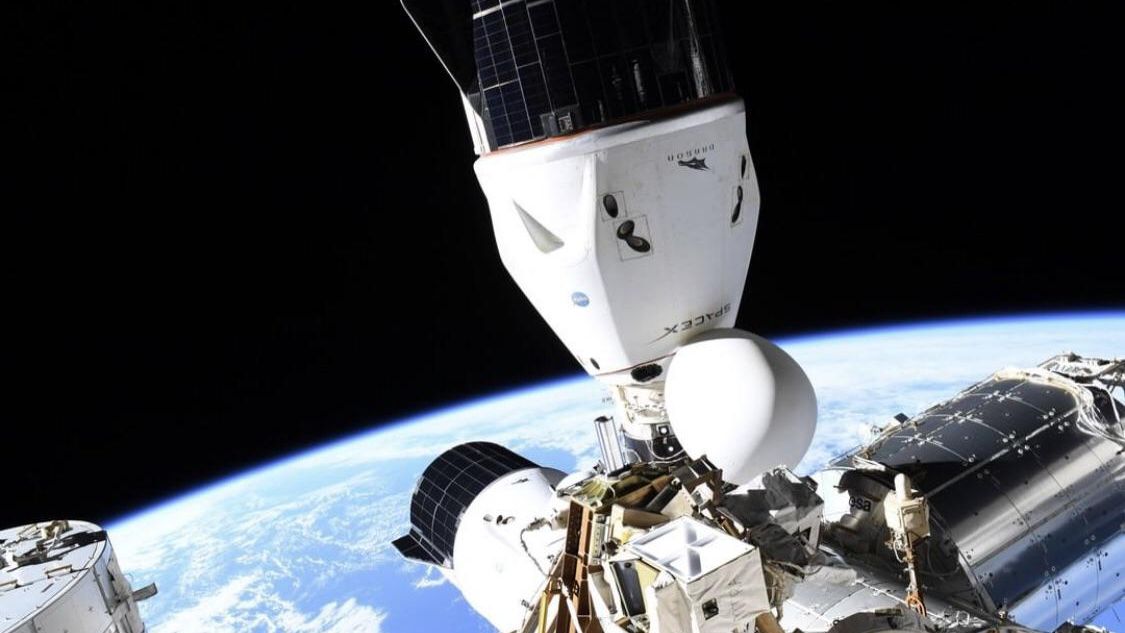
NASA is making adjustments to its schedule for SpaceX Dragon capsules to expedite the launch of the Crew-10 mission to the International Space Station (ISS).
The agency has set its sights on a launch date of March 12 for Crew-10, which will transport three astronauts and one cosmonaut to the ISS. Their journey will take place aboard a SpaceX Falcon 9 rocket, with their seats assigned in the Crew Dragon Endurance capsule, as announced by NASA on February 11. Their arrival at the ISS will provide much-needed relief for the Crew-9 astronauts currently onboard, who were originally scheduled to return in February.
Two Crew-9 members, NASA astronauts Suni Williams and Butch Wilmore, will likely consider the arrival of Crew-10 a significant milestone, marking the start of their return journey after a lengthy stay in space. The successful docking of Crew-10 would signal the end of the duo’s nearly ten-month mission at the ISS. They flew to the station aboard Boeing’s Starliner spacecraft, arriving in June of the previous year— three months prior to their Crew-9 colleagues — only to face an extended mission due to their capsule’s technical issues that prevented their return.
Initially, the Crew-9 mission was supposed to last about ten days. However, complications during the Starliner’s approach and docking at the ISS prompted NASA to extend the astronauts’ stay while troubleshooting was conducted. In August, NASA made the decision to return the Starliner uncrewed, leaving the astronauts to continue their assignments until a solution was implemented.
As a result, the Crew-9 Dragon that was to arrive soon after Starliner’s departure had a revised manifest, allowing only two of the four astronauts to launch to the ISS. Consequently, Williams and Wilmore were offered the remaining seats for their return trip. Crew-9 successfully launched on September 28 with NASA astronaut Nick Hague and Roscosmos cosmonaut Aleksandr Gorbunov. Their arrival meant Crew-8 astronauts, who had typically completed a six-month rotation, were about to return home aboard their own Crew Dragon, just as Crew-9 will after Crew-10’s arrival.
For a while, it seemed that Williams and Wilmore’s return was continually postponed. In December, NASA announced a delay in the launch of Crew-10, pushing it back to “no earlier than late March” to allow SpaceX time to finish constructing a new Crew Dragon spacecraft for the mission.
Following this announcement, coverage concerning the situation faced by Williams and Wilmore gained significant traction, often inaccurately referring to them as “stranded astronauts.” This attention coincided with a change in the political landscape, highlighting how space missions can become entangled in governmental discourse.
Shortly after taking office, President Donald Trump shared a post on X, asserting that he had directed SpaceX CEO Elon Musk to “go get” the two astronauts who were supposedly left alone in space by the Biden Administration. Musk, in his capacity as CEO, was informed that both his company’s Crew-9 Dragon and Russia’s Soyuz capsule were available as emergency return options for the ISS crew, contrary to Trump’s claims. NASA had also confirmed their ongoing efforts to ensure the astronauts returned home safely. Nevertheless, Musk reiterated his claim by stating it was “terrible that the Biden administration left them there so long.”
At that time, NASA clarified that both the agency and SpaceX were actively working to ensure a safe return for the Crew-9 astronauts while preparing for a smooth transition to Crew-10.
Now, the Crew-10 launch is anticipated sooner than previously thought.
Instead of waiting for SpaceX to finalize a new Crew Dragon capsule for Crew-10, NASA has opted to launch on a previously flown spacecraft—Crew Dragon Endurance. This move was prompted by the fact that the manufacturing process for the new spacecraft was taking longer due to additional operational testing requirements. Endurance has previously completed SpaceX’s Crew-3, Crew-5, and Crew-7 missions, allowing for a faster readiness process compared to the new capsule.
Leading up to the new launch date of March 12, Crew Dragon Endurance will be prepared through refurbishment, trunk stacking, propellant loading, and transportation to SpaceX’s Launch Complex-39A at NASA’s Kennedy Space Center in Florida, where it will undergo booster integration.
“Human spaceflight often presents unexpected challenges,” stated Steve Stitch, NASA’s Commercial Crew Program manager, in the announcement. “We greatly appreciate SpaceX’s proactive efforts in having another spacecraft ready for our evaluation and support of Crew-10.”
The Crew-10 mission will include NASA astronaut and mission commander Anne McClain, pilot Nichole Ayers, JAXA (Japan Aerospace Exploration Agency) astronaut and mission specialist Takuya Onishi, alongside Roscosmos cosmonaut Kirill Peskov. After a brief adjustment period for the incoming crew, Crew-9 will board their own Crew Dragon, Freedom, in preparation for their return to Earth.
Williams, Wilmore, Hague, and Gorbunov are expected to return toward the end of March, with a splashdown planned at one of several sites off the coast of Florida, subject to favorable weather conditions.









